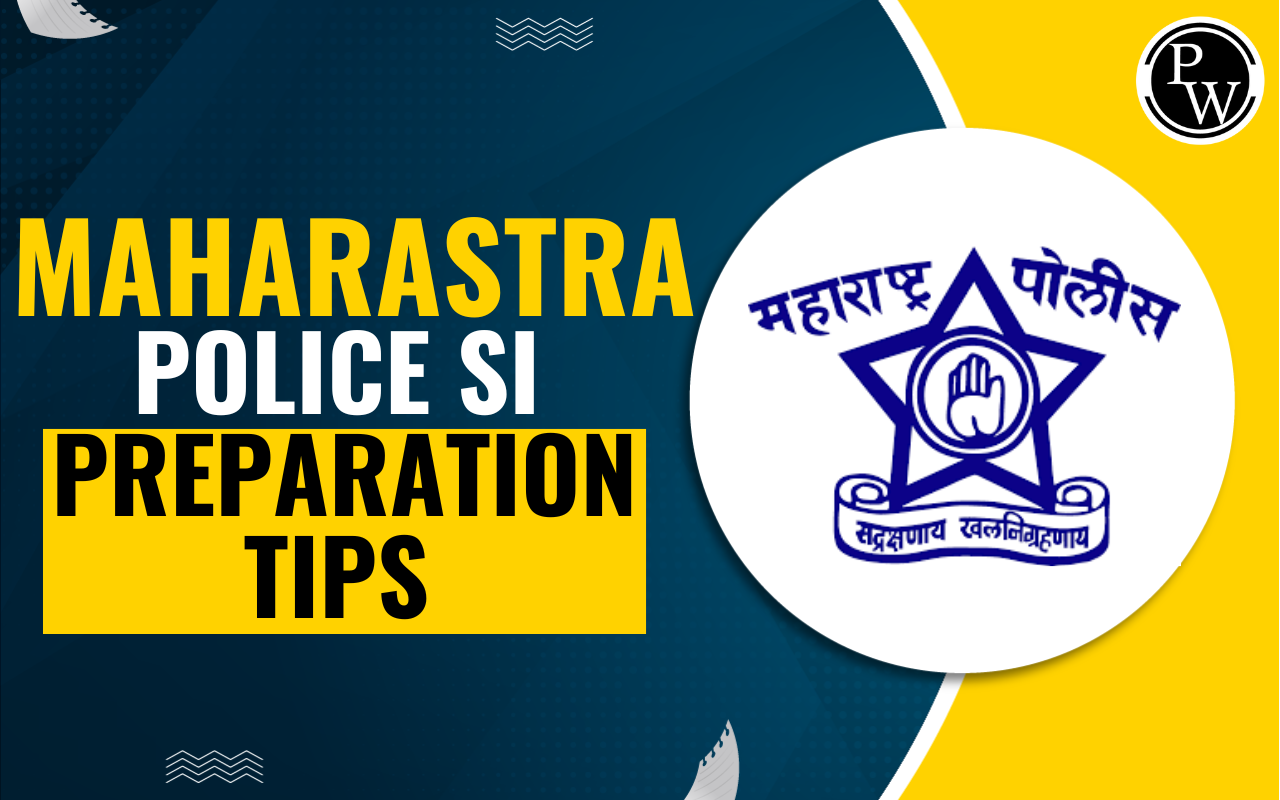

Jyotirlingas in Maharashtra: Maharashtra is home to five sacred Jyotirlingas, which are important pilgrimage sites for devotees of Lord Shiva. These five Jyotirlingas—Bhimashankar, Trimbakeshwar, Grishneshwar, Nagnath in Aundha, and Parli Vaijnath—are collectively known as the Pancha Jyotirlingas. Each of these temples holds significant religious importance, with pilgrims visiting them to seek blessings and spiritual solace.
These Jyotirlingas are scattered across the state, with each one having its own unique history and mythological significance. Revered as powerful shrines, they are symbols of Lord Shiva’s divine presence and attract thousands of devotees every year.
Also read: Horticulture in Maharashtra
What is Jyotirlinga?
The term "Jyotirlinga" is derived from two Sanskrit words: "Jyoti" (light) and "Linga" (symbol of Lord Shiva). A Jyotirlinga is considered an embodiment of Lord Shiva's divine light and is believed to be a self-manifested form of the deity. According to Hindu mythology, Lord Shiva, in his formless state, manifested himself as a column of light at twelve locations across India, each of which is revered as a Jyotirlinga. These twelve Jyotirlingas are spread across different states, with five located in Maharashtra.
List of Jyotirlingas in Maharashtra
Maharashtra is home to five revered Jyotirlingas, each dedicated to Lord Shiva and holding immense religious significance. These sacred shrines attract millions of devotees from across the country, offering spiritual solace and divine blessings. Here are all five jyotirlingas in Maharashtra.
Also read: GI tag in Maharashtra
1. Bhimashankar Jyotirlinga
Located in the Sahyadri hills, near Pune, Bhimashankar is one of the most important Jyotirlingas in Maharashtra. It is believed to be the site where Lord Shiva defeated the demon Bhima, who had been terrorizing the people. The temple is situated at a high altitude, surrounded by lush green forests, making it not only a sacred site but also a scenic destination for nature lovers. The Bhimashankar temple has a rich history and features beautiful architectural designs. It is also part of the "Ashtavinyak" pilgrimage circuit dedicated to Lord Ganesha.
2. Trimbakeshwar Jyotirlinga
Trimbakeshwar, located in Trimbak near Nashik, is one of the most revered Jyotirlingas in Maharashtra. The temple is situated at the foot of the Brahmagiri Hill, which is believed to be the source of the Godavari River, one of the most sacred rivers in India. Trimbakeshwar is unique because it houses a linga with three faces, representing Lord Shiva, Lord Vishnu, and Lord Brahma, symbolizing the trinity of Hinduism. According to legend, this temple is where Lord Shiva granted a boon to Sage Gautama and his wife, Ahalya, to purify their sins. The Trimbakeshwar temple is also closely associated with the Kumbh Mela, held every twelve years in Nashik.
Also read: Tribes in Maharashtra
3. Grishneshwar Jyotirlinga
Situated near the Ellora Caves, about 30 kilometers from Aurangabad, Grishneshwar is another important Jyotirlinga in Maharashtra. It is believed that this temple was constructed by the demon-king Ravan in his quest for immortality. The Grishneshwar temple is known for its intricate carvings and beautiful architecture. The temple is associated with the legend of a devotee named Kusuma, who prayed to Lord Shiva for a child and was blessed with one after performing penance at the site. Grishneshwar is known for its peaceful ambiance, making it a must-visit for both devotees and tourists alike.
4. Nagnath Jyotirlinga
Nagnath is located in Aundha, a small village near Hingoli in Maharashtra. The temple is dedicated to Lord Shiva in his form as Nagnath, a manifestation of the divine serpent. It is said that the temple was built by King Aundhan, who was a great devotee of Lord Shiva. The temple has a rich history and is one of the lesser-known Jyotirlingas, making it a serene and peaceful place for pilgrims. The Nagnath temple is an important part of the pilgrimage for devotees of Lord Shiva and is considered to offer peace and prosperity to those who visit.
5. Parli Vaijnath Jyotirlinga
Located in the town of Parli in Beed district, Parli Vaijnath is the fifth Jyotirlinga in Maharashtra. This temple is dedicated to Lord Shiva in his form as Vaijnath, the healer. According to legend, the temple was constructed by the Pandavas during their exile. The temple is located in a peaceful rural area and is famous for its architectural beauty and serene environment. The Parli Vaijnath temple is visited by thousands of devotees who come to seek blessings for health and well-being, as Lord Shiva is worshiped here as a healer of ailments.
Also read: Maharashtra Cabinet Ministers List 2024
The Significance of the Jyotirlingas in Maharashtra
The five Jyotirlingas in Maharashtra collectively form a spiritual circuit known as the Pancha Jyotirlingas. Devotees who visit these five temples believe that by worshiping at these sacred sites, they can attain blessings from Lord Shiva and cleanse their sins. The pilgrimage to the Pancha Jyotirlingas offers devotees an opportunity to experience the divine presence of Lord Shiva, not only through prayer but also through the rich history, legends, and the scenic beauty surrounding these temples.
The Pancha Jyotirlingas play a crucial role in the religious life of Hindus in Maharashtra. They are not only centers of worship but also cultural landmarks that preserve the state's rich traditions and history. Each temple has its own unique legend, attracting pilgrims from across India and even abroad. The temples are also part of larger religious festivals and fairs, where devotees gather to celebrate their faith and seek divine blessings.
Also read: Smallest District in Maharashtra
Jyotirlingas in Maharashtra FAQs
How many Jyotirlingas are there in Maharashtra?
What is the significance of the Jyotirlingas?
What are the five Jyotirlingas in Maharashtra?
Where is the Bhimashankar Jyotirlinga located?
What makes Trimbakeshwar Jyotirlinga unique?












